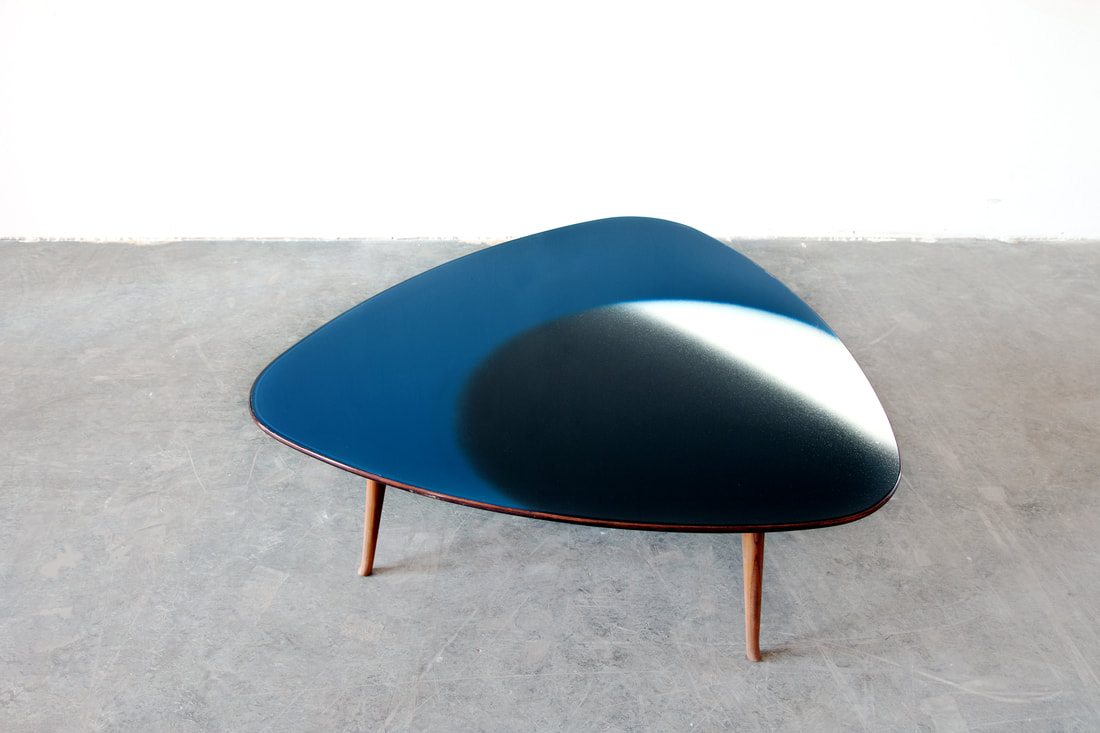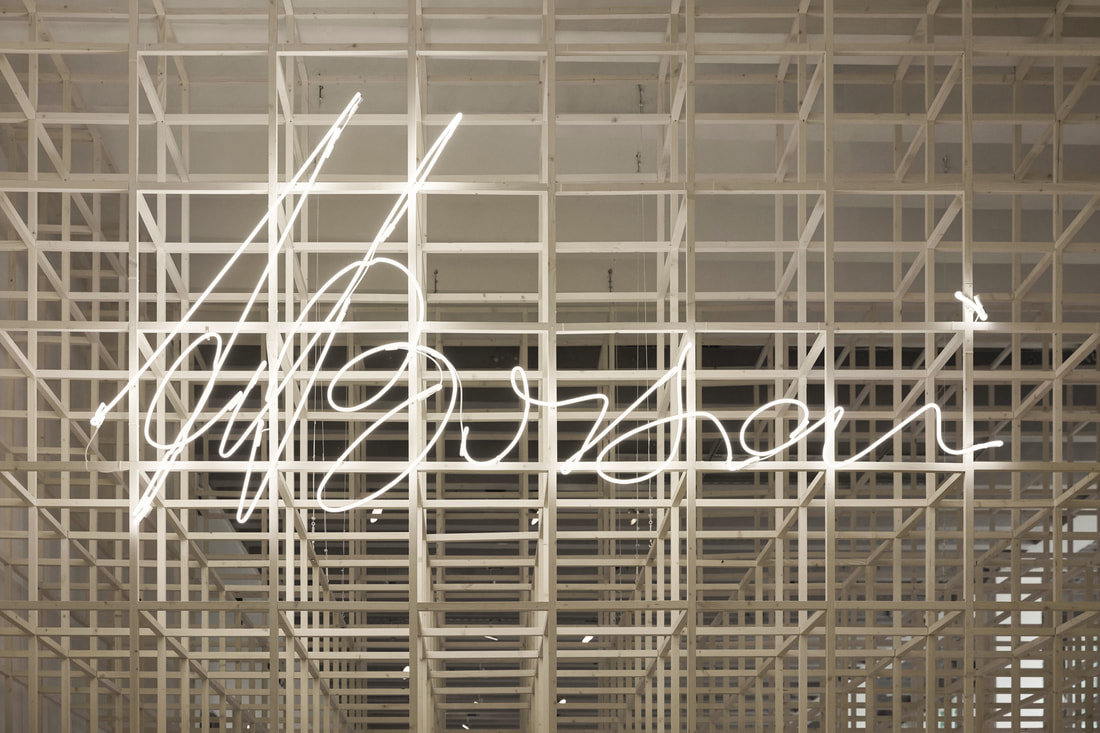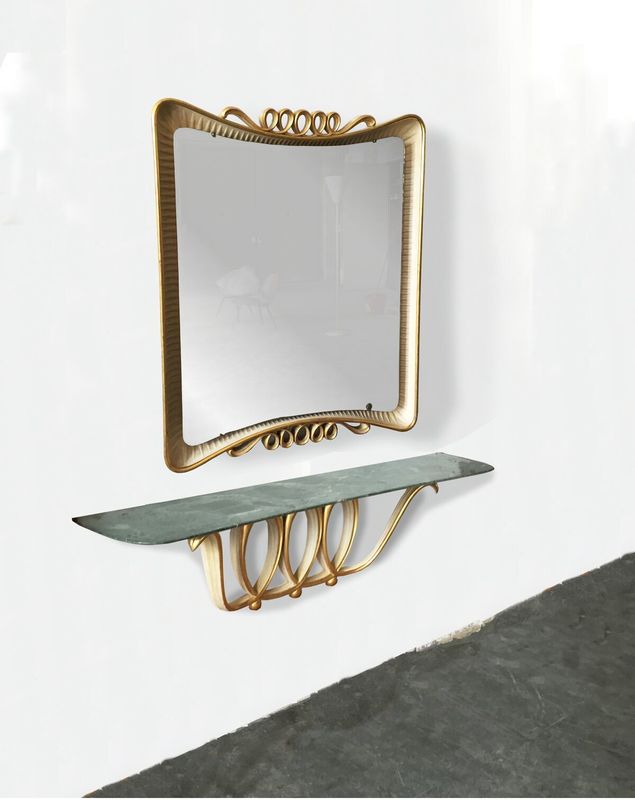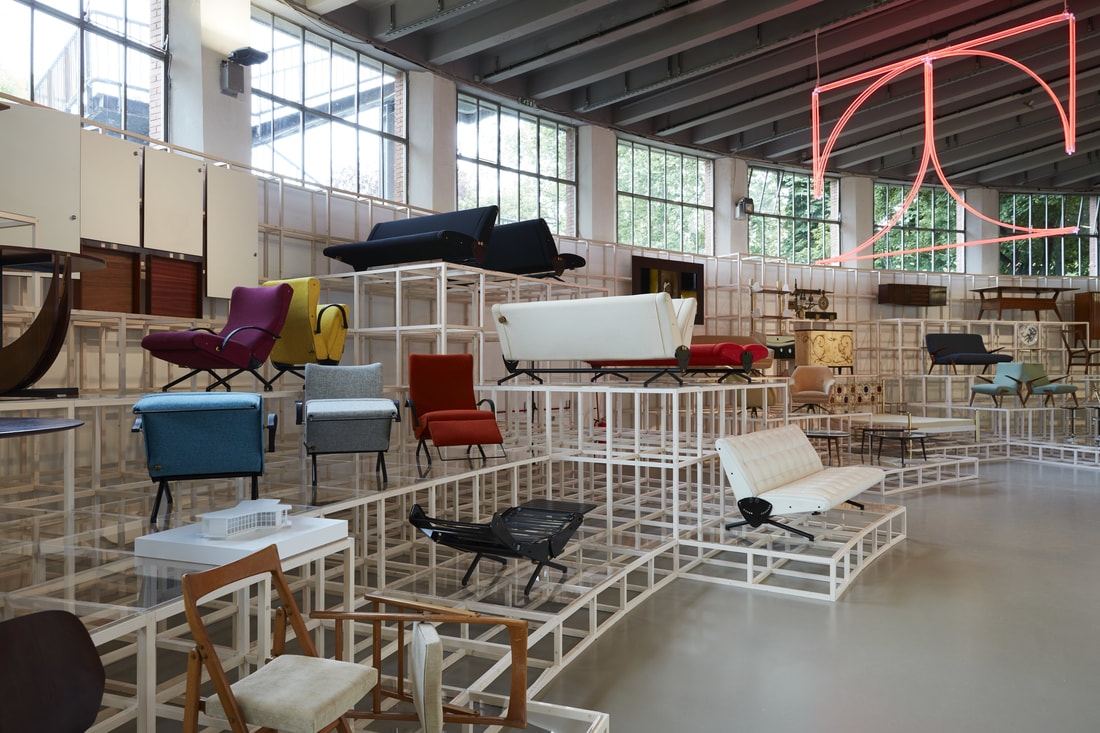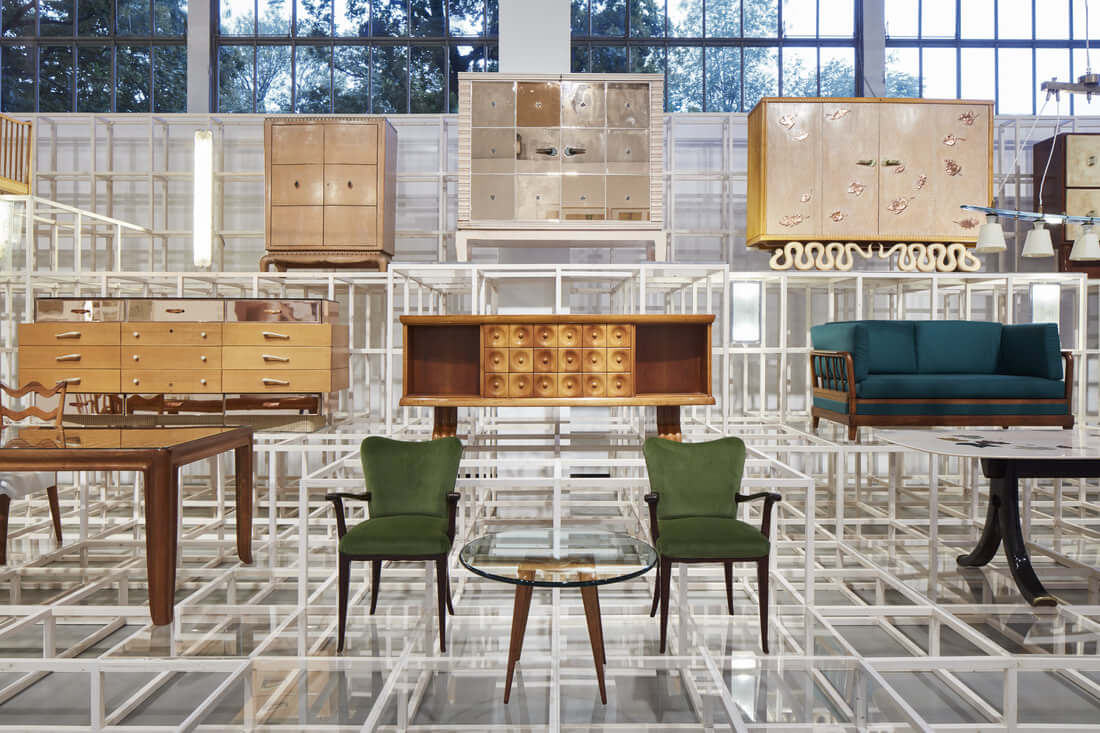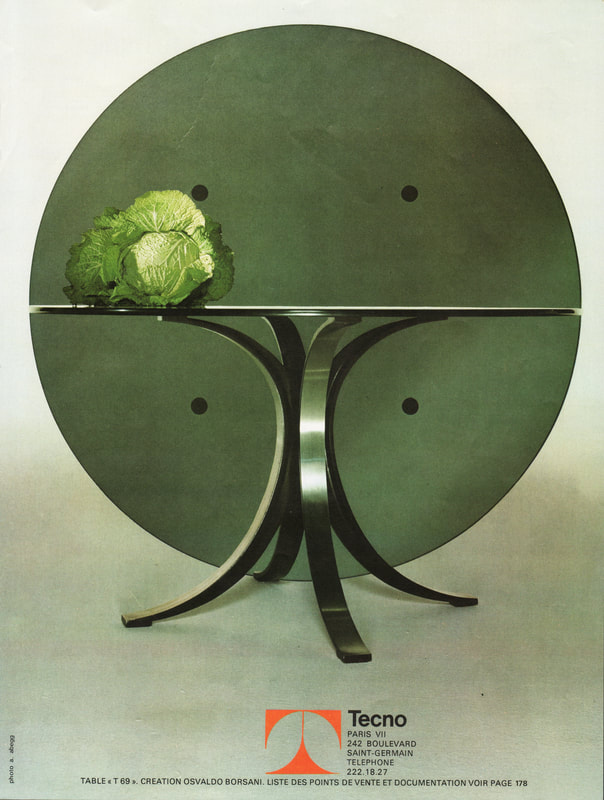What happens when two talented forces, an admiring starchitect and a devoted grandson come together to rediscover and resurface an enormous design talent whose history has somewhat ignored? The result is the remarkable retrospective of Italian architect/designer Osvaldo Borsani at the Triennale Design Museum in Milan, co-curated by his grandson, architect Tommaso Fantoni and by Sir Norman Foster, a remarkable exhibition in many different ways, and one of the best to see in Milan these days. I am not surprised that Foster, who had met Borsani before his death when creating the famed ‘Nomos’ Table for Tecno, the company Borsani founded in the 50s (below) is a fan; when you see the exhibition, you think of such visionaries who have found ways to break away from history and to merge architecture, design, and technology, as Buckminster Fuller, whom Foster considers his mentor. Borsani was an architect who knew design, business, and the business of design. His career, we learn from the exhibition, was composed of two chapters, with the first beginning in 1925, and the second, when founding Tecno, a career that had come to illustrate the story of Italian design in its formative years. His father started a furniture atelier, which Borsani had transformed into a global brand, and now, that Fantoni, who seeks to preserve the family’s history, and Foster, who aims to bring the legacy of Borsani to the public, have curated this monographic exhibition, his place in the pantheon of Italian design is secured. Forever. What makes this exhibition successful, an educating, joyful experience? The design of the show is based on a monumental and architectural cubic display system, in the spirit of Sol LeWitt. While this unusual installation doesnt come through in photos, in person, it creates a strong sense of timeline that makes the stunning evolution of Borsani’s career easy and clear to understand. I found the discovery of the talent of Borsani reviving and exciting, definitely a genius of Italian Design. He was able to move away from the craftsmanship of Italian futurism, into machine age and speed, and finally into industrial design, taking part in turning Italian industry into a substantial international force, in the most flowing, natural way, while demonstrating the power of flexibility and intellect to achieve success in the architecture/design world. All images courtesy of Triennale Design Museum Milan.

